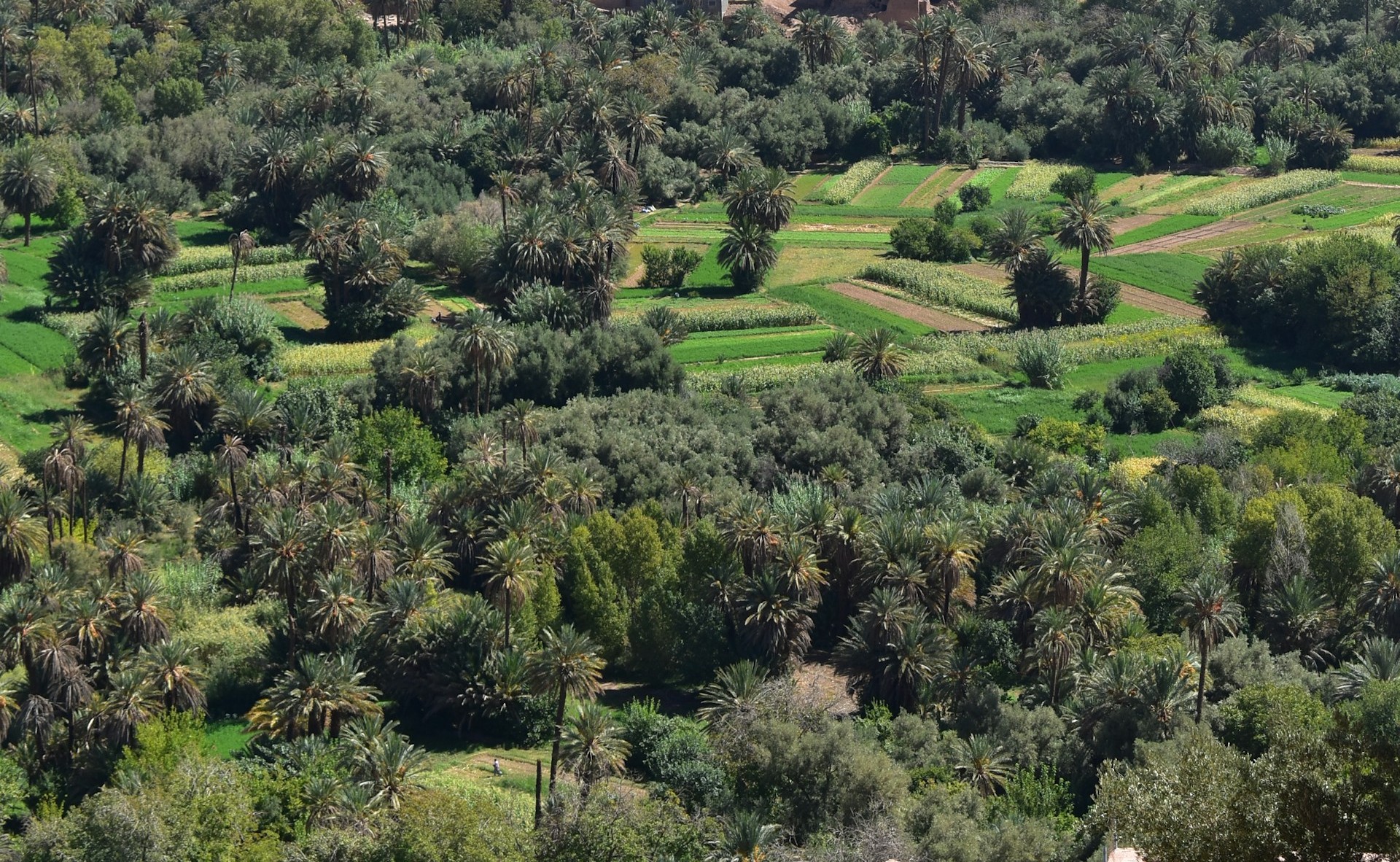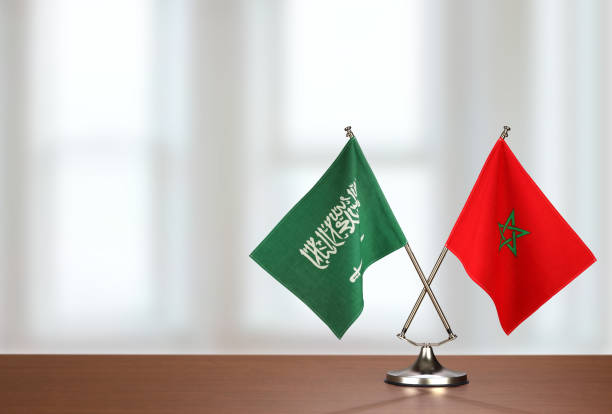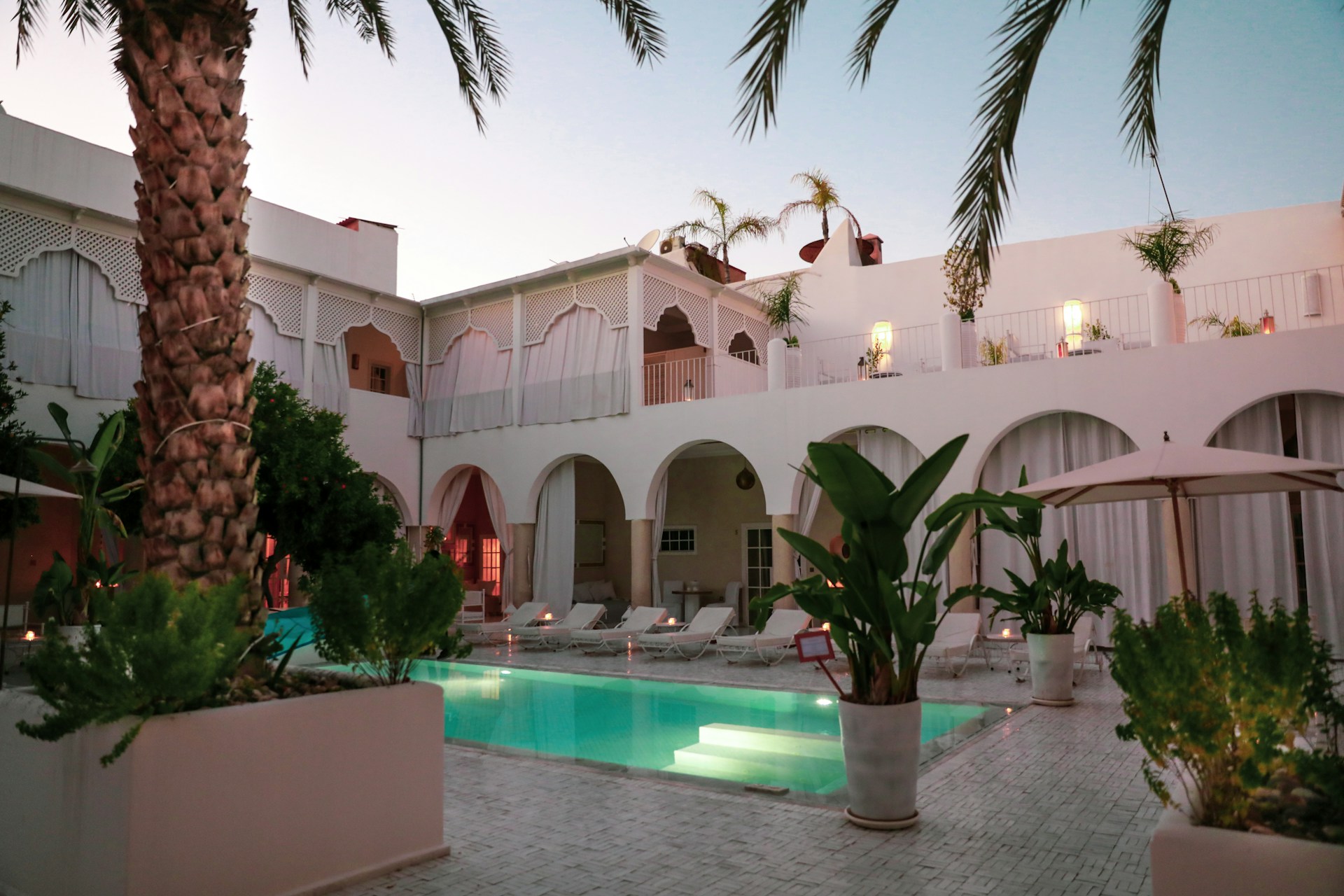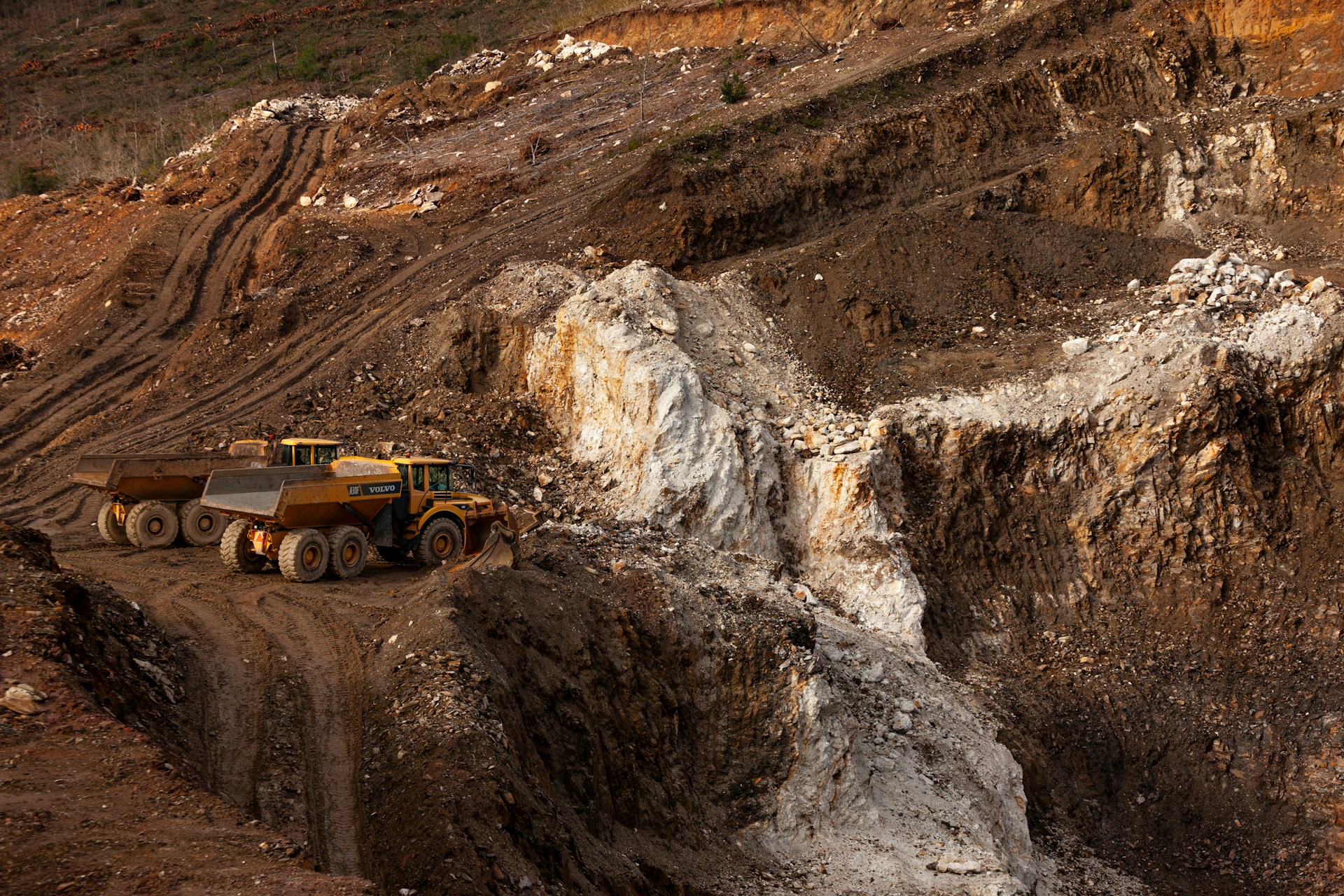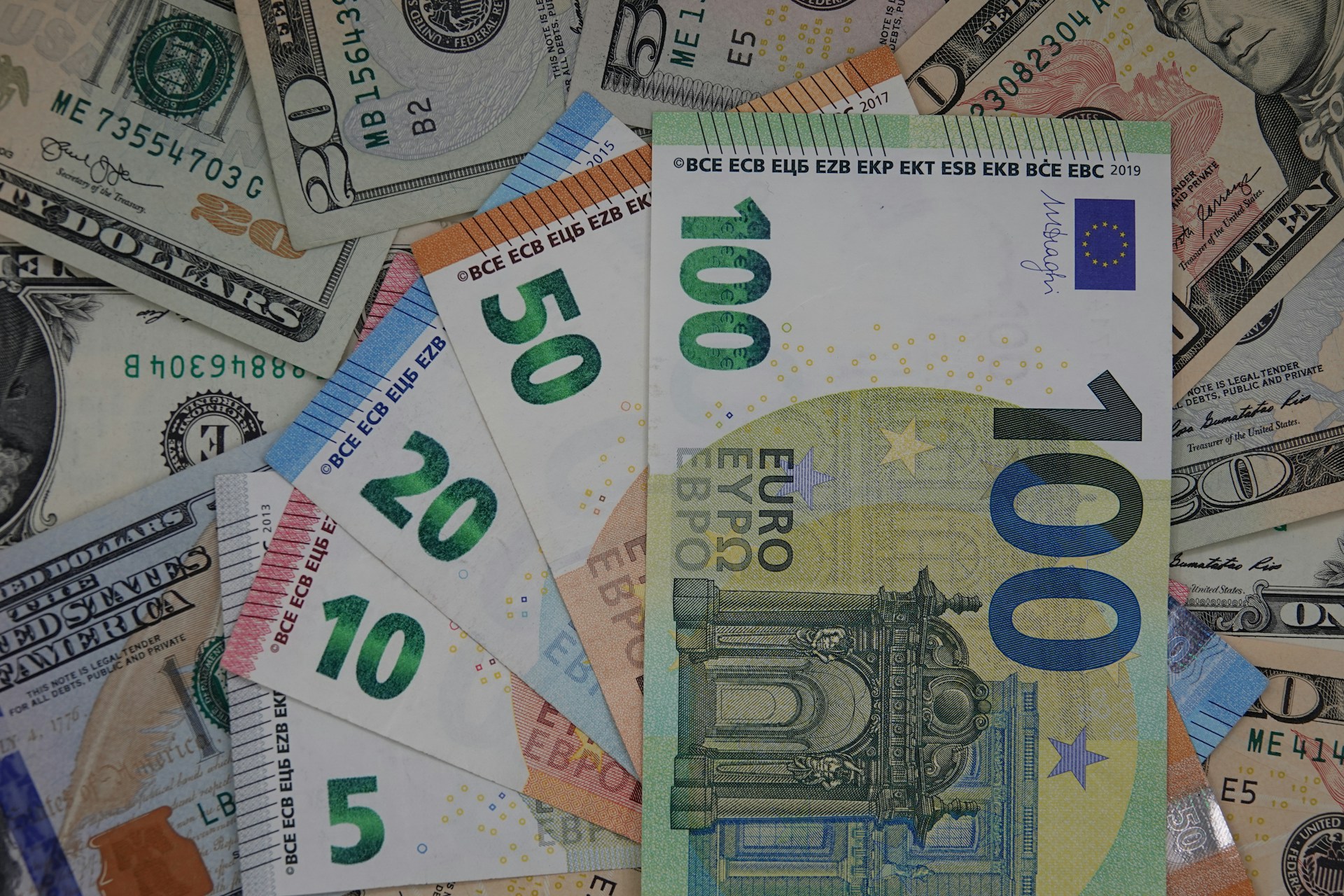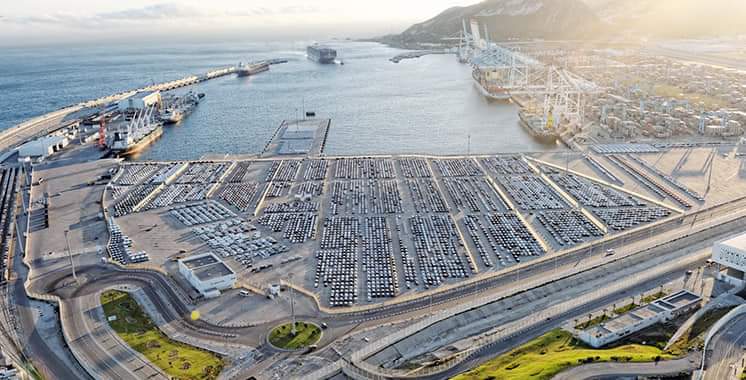Casablanca –As the global automotive industry moves steadily toward electrification, Morocco is carving out a growing role as an industrial hub for electric vehicles (EVs) and battery production. While its domestic market for EVs is still in early development, the Kingdom’s strategic investments and manufacturing capabilities are positioning it as a future leader in this transformative sector.
Manufacturing focus drives domestic growth
A recent report by the International Energy Agency (IEA) points to Morocco’s ambition to double its production of electric vehicles and batteries—primarily for export to European markets. This surge in industrial activity is also starting to influence the Moroccan market itself, with electric cars becoming increasingly available to local consumers.
Although sales of EVs remain modest, accounting for less than 1% of total car sales in Morocco in 2024, this marks a clear upward trend. Alongside Egypt, Morocco has been identified as one of the few African countries where EV sales are gaining traction. This modest yet measurable growth has raised the continent’s overall EV market value, despite its currently low global share.
A strategic platform outside the big three
While Morocco is not yet one of the three largest EV markets globally, it is being recognized as a strategic production base, especially for European and Asian manufacturers. The IEA categorizes Morocco alongside India and Southeast Asia as regions gaining importance in the global supply chain for electric mobility.
According to the report, Morocco is increasingly attractive to battery manufacturers, despite currently facing limited local demand. Its geographic proximity to Europe, competitive labor costs, and growing automotive infrastructure make it a logical choice for expanding manufacturing operations.
Global investment patterns and Morocco’s role
The IEA forecasts that 60% of new global battery production capacity will be located in advanced economies such as Canada, South Korea, Japan, and various European nations—thanks to high demand and strong government incentives. However, more than 150 gigawatt-hours (GWh) of additional capacity are currently being developed in India, Southeast Asia, and Morocco.
This signals a major shift in global production strategy: as EV demand grows, manufacturers are looking beyond traditional hubs to expand output efficiently and cost-effectively.
Asian dominance and shifting alliances
At the global level, South Korean companies dominate investments in battery production in the United States, currently holding a 40% share of installed capacity. That figure is projected to exceed 50% by 2030, due to continued investment.
In contrast, Japanese firms may see their influence wane, with projections suggesting their share could drop by half by the end of the decade. Meanwhile, Chinese companies, responsible for a staggering 75% of global EV sales growth, may face restrictions due to emerging U.S. trade policies, which could curb their ability to invest in foreign markets. However, these companies continue to expand in emerging markets such as Morocco, India, and Southeast Asia, where lower production costs and growing demand offer strong incentives.
Looking ahead: Morocco’s industrial promise
As global interest in electric mobility accelerates, Morocco is gaining recognition as a future industrial powerhouse. Although it is still in the early stages of EV adoption domestically, its export-oriented production strategy is laying the groundwork for long-term success.
If the Kingdom continues to attract foreign direct investment and introduces supportive local policies—such as EV subsidies, public charging infrastructure, and regulatory incentives—it could soon become both a manufacturing leader and a regional model for clean transportation.
With strong fundamentals and increasing international attention, Morocco is no longer just assembling vehicles—it is assembling its future as a key player in the green mobility revolution.
